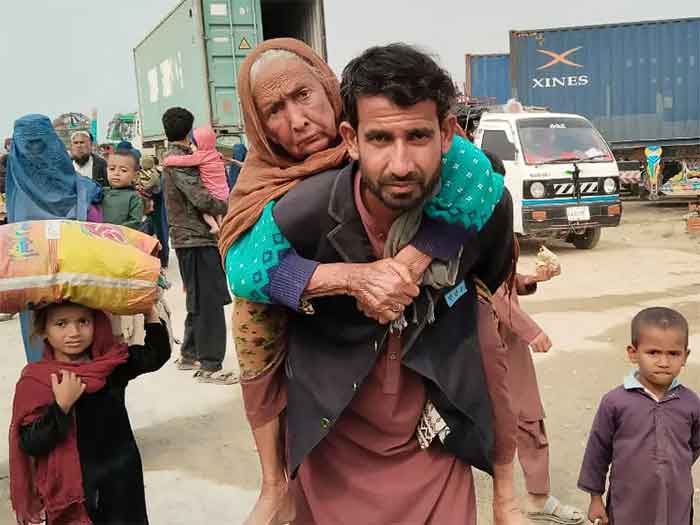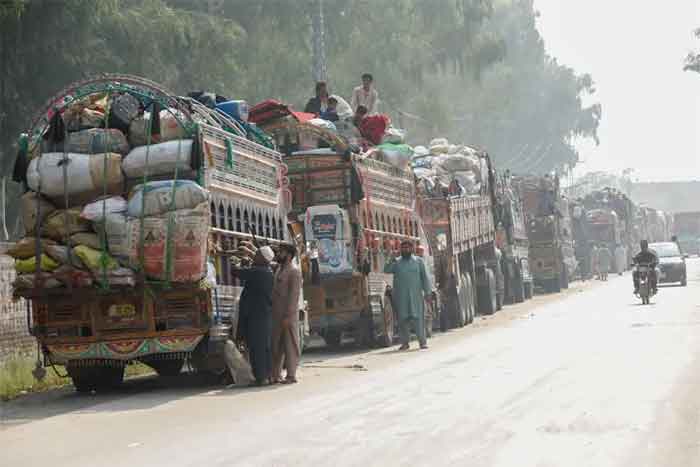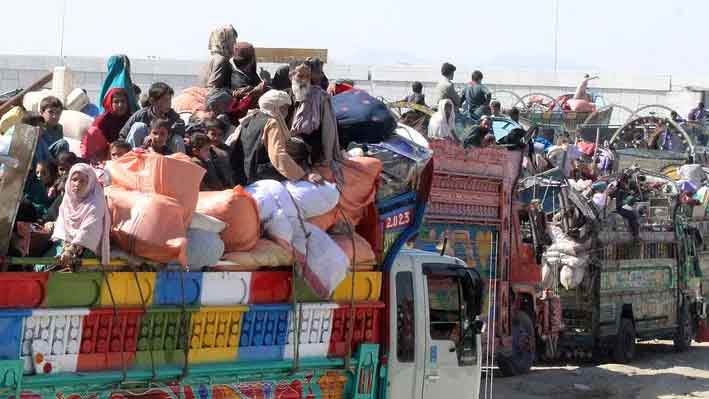
Doha peace talks, held in September of 2020, between the Afghan government and Taliban, led by peace council chairman Abdullah Abdullah and Mullah Baradar Akhund respectively, is a remarkable advancement towards the establishment of peace in Afghanistan, despite the fact that it is still difficult to say about when the ongoing conflicts started with the USA invasion in 2001 after 9/11 attacks will end. Historically, Afghanistan has been in serious trouble with almost consistent conflicts within its land since the former Soviet invasion in 1979 and conflict since 2001 alone killed more than 100,000 civilians and hampered Afghanistan’s development, leaving millions in poverty. In fact, the country needs a peace deal between the conflicting Afghan parties — the Afghan government and the Taliban.
To establish peace, many initiatives have been taken since 2007, initially emphasized by Hamid Karzai, the former Afghan President, with open invitation for peace talks, but major advancement was made at the time of the running President Ashraf Ghani especially in 2019 and 2020. In February this year, the USA and Taliban signed a peace deal in which the former agreed to withdraw all of its troops from Afghanistan within 14 months with some conditions including Taliban’s peace talks with the Afghan government. This deal – rendered by diplomats and analysts as a crucial step that set the ground for peace in the war-torn country – has led to several talks between the government and the Taliban on prisoners’ release and resulted in intra-Afghan peace talks in Doha brokered by the USA.
But an important question remains on whether intra-Afghan peace talks can lead to a much needed peace deal between the government and Taliban. Of course, Doha peace talks — in spite of its failure to result in any peace accord till date — make it now more convincing that both the party is committed to the peace process and determined to stay the course for making peace. Yet, there are a number of crucially disputed issues, which deserve to be settled down for making a real peace deal, such as permanent ceasefire, the 2019 election and the legitimacy of the resultant government, ending of Taliban’s ties with Al-Qaeda and other similar groups, and rights of women and minorities especially who suffered under Taliban rule.
In fact, Taliban does not recognize the present government that came to power through a controversial and fraud election held in 2019 and often opposes to an early ceasefire and views it only after a political agreement, arguing that it can favour the status quo and the government. As it appears, Taliban carried out more than 4,500 attacks in Afghanistan in the 45 days after the USA–Taliban deal especially since March 1, 2020. With regard to women’s rights issues including education and employment, Taliban’s view is ultra-conservative, which is reflective of its previous stance. On the contrary, the government advocates for an early ceasefire to minimize the number of concessions required to be made in negotiations and looks at women’s rights issues from liberal lens.
Of course, another relevant question can be raised on whether an intra–Afghan peace deal, if signed ever, will come into effect and result in real pace in Afghanistan. In my opinion, there is no guarantee that potential peace agreement will be actualized, even if the possibility of its realization remains. There is a range of crucial reasons that can undermine peace deal such as weaknesses in the government, leadership problems within Taliban, lack of mutual trust, mutual recrimination and external influence to both parties. In fact, the Kabul government is still struggling to unite after a disputed election; even if a power-sharing deal was signed between the President and his rival Abdullah Abdullah, both of whom claimed to have won Afghanistan’s presidential election in September.
On the contrary, Taliban leadership is in trouble. In fact, leaders who represent peace talks with the USA and the Afghan government are not much accepted by the field level commanders, who are younger and battle tested, have fought in difficult and remote areas and are the heart of the group. Such a leadership problem was clearly visible by the fact that when Taliban political leaders called for a reduction in violence as a lead-up to the signing of the deal, many field based commanders continued to attack. Also, many commanders have their own agendas that may be at odds with potential peace deal; in fact, some Taliban fighters have already insisted that they will continue their jihad until an Islamic system is established.
To make an effective and feasible intra-Afghan peace accord, there are obviously some other critical issues, which are not given much emphasis at this stage of peace talks but are crucial, such as the extent of the participation of armed opponents in the political process, reformation or consolidation of the constitution, the structure of the post-peace Afghan government, future electoral system, the integration of the Taliban members into the government, current Afghan police and army, and feasible enforcement mechanism. All these are in actual fact so vital points that these can make potential peace deal successful — or can put mounting barriers for lasting peace in Afghanistan — depending on how such issues are addressed through Afghan-led and Afghan-owned peace process.
Of course, it is desired that USA and its allied forces leave Afghanistan giving it to Afghans. But it needs to be ensured that Afghanistan does not turn to be a ruthless and chaotic country any more in the absence of foreign forces. As record shows, the 1973 Paris Peace Accords that empowered North Vietnam more than South Vietnam resulted in South Vietnamese fleeing to brutal reduction camps after ending of the USA military presence. For making sure that the 19-year conflict ends and much-sought peace emerges in Afghanistan, an effective and comprehensive peace agreement with its effective enforcement mechanism is, in my opinion, undeniable; otherwise, commendable move of the Trump administration is likely to fail and peace in Afghanistan will remain afar in the future too.
Peace in Afghanistan above all depends on Afghans, especially the Kabul government and Taliban. Now, it is obviously convincing that foreign troops will leave Afghanistan within a year or more, but it is Afghans who will live there in the years to come. Given that conflicting parties cannot make a successful peace deal, their country will not turn into a better place for all. In my opinion, both the government and Taliban need to realize that the current conflict has no winner through war and military means and that they have some unavoidable responsibilities to end conflicts and make Afghanistan a better place for all Afghans — regardless of political, religious and ethnic differences — through political and peaceful means.
Amir Mohammad Sayem is a Researcher and writes Op-eds on miscellaneous issues including social, political, environmental, public health and international relations Email:[email protected]
SIGN UP FOR COUNTERCURRENTS DAILY NEWSLETTER

















































